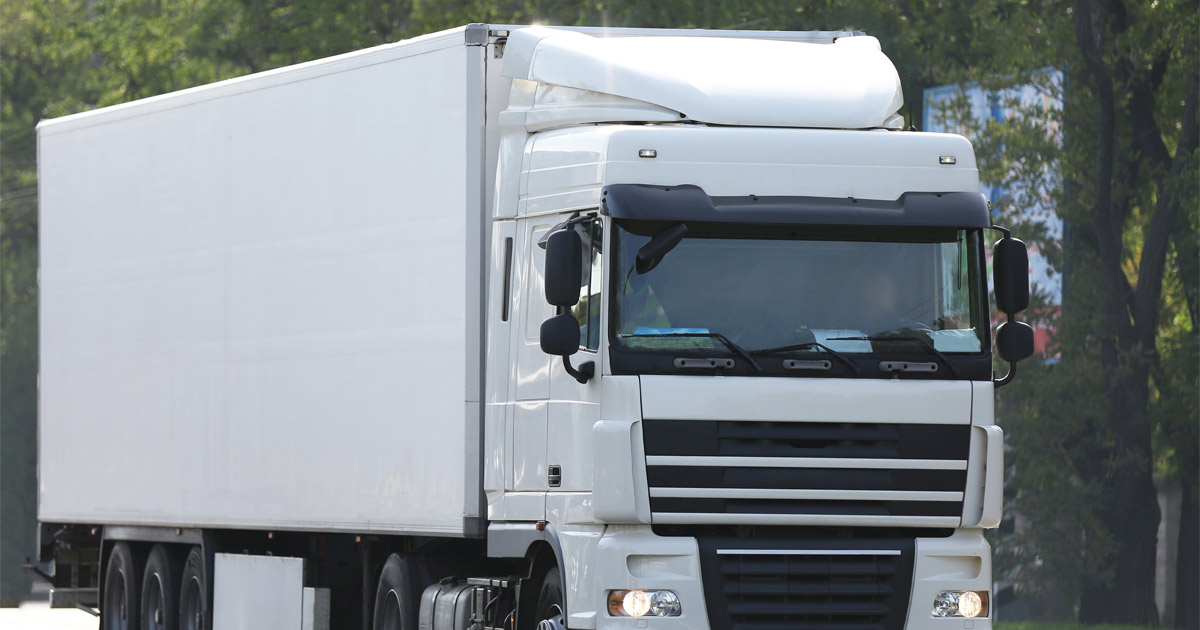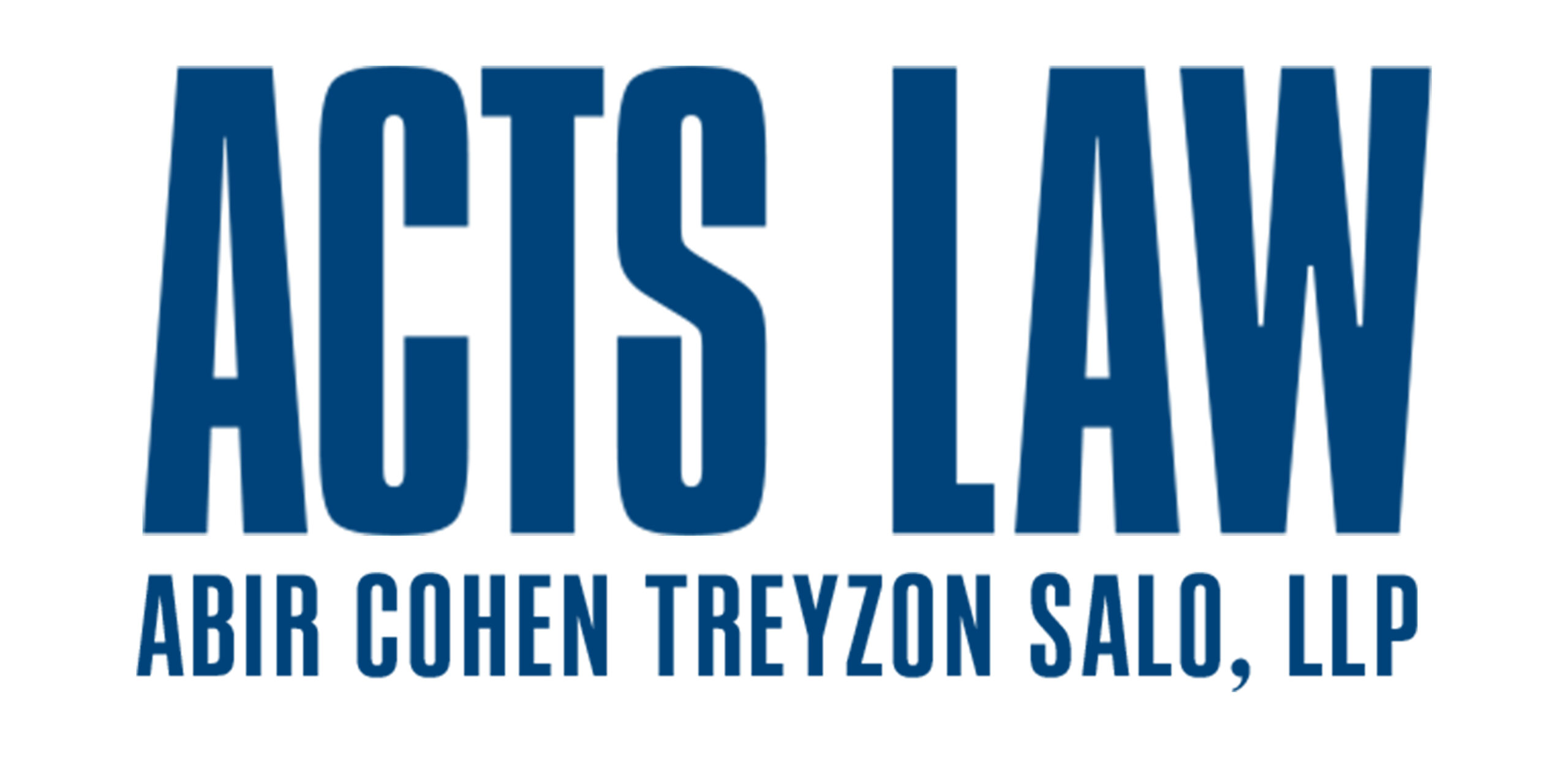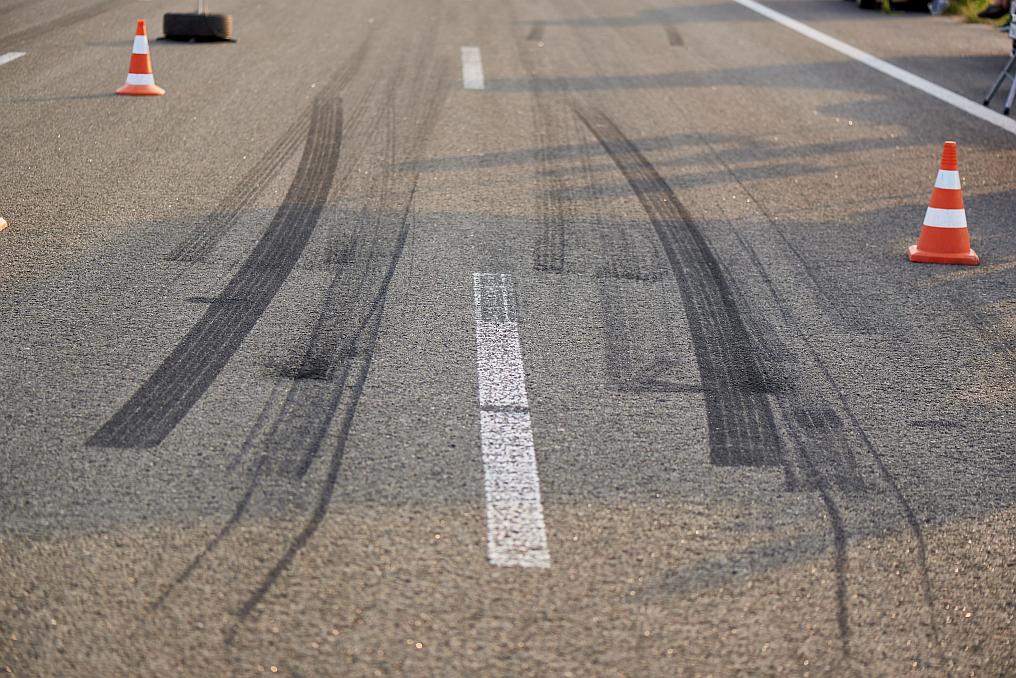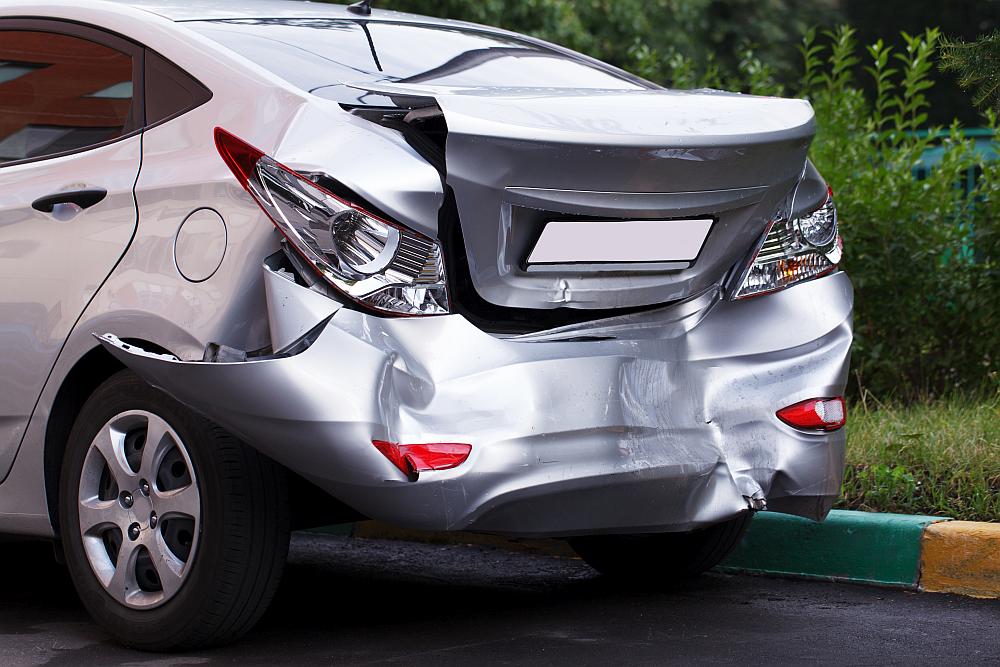
Imagine driving behind a massive commercial truck that is transporting a full load of lumber when suddenly, the cargo comes loose, and a 10-foot log falls off the truck. One unsecured log can cause the entire load to shift and come loose. Whether it is one log that comes loose, or the entire load, the aftermath of a truck accident involving improperly secured cargo can be devastating. In addition to the lost or damaged cargo, and the debris it leaves on the roadway, the other motorists in the vicinity can suffer serious injuries and fatalities if they are struck by the log, a pipe, a piece of machinery, or any other type of cargo that falls from a truck. Truck drivers and truck companies are responsible for ensuring that the cargo they are transporting has been properly secured, and that they are following the cargo securement rules that were published by the Federal Motor Carrier Safety Administration (FMCSA) in 2002, as well as the updated rules that require motor carriers to ensure that their cargo securement devices prevent articles from shifting or falling from the truck.
The first step in the new securement rules is to have a thorough understanding of the rules. All motor carriers operating in interstate commerce must be in compliance with the new requirement effective January 1, 2004. The new rules, which are based on the North American Cargo Securement Standard Model Regulations, require motor carriers to change the way they use securement devices so that their cargo is less likely to shift within the trailer or fall from the vehicle. The goal of the new securement requirements is to reduce the number of truck accidents that are caused by falling or shifting cargo.
Cargo that is not properly secured can leak, spill, become dislodged, or fall off the truck. In addition to ensuring that the cargo does not shift within the enclosed vehicle or impact the vehicle’s stability, it should not block the truck driver’s visibility in any direction. If there is cargo in the driver’s compartment, it should be placed and secured so that the driver can move freely and access emergency equipment if necessary. The cargo should also be loaded and secured in a way that will not prevent anyone from being able to exit the vehicle.
There are certain types of cargo that may require additional or alternative securement requirements, including:
Securement systems keep cargo secured by using one or more of the vehicle’s structures, securement devices, or blocking and bracing equipment. To meet the securement requirement, each securement system must be able to support 80 percent of the cargo’s weight while braking or driving straight ahead, and 50 percent of the cargo’s weight while accelerating, driving uphill, or braking in reverse. In addition, the system should be able to support 50 percent of the vehicle’s weight while driving over bumpy roads or over the top of a hill. Other specific requirements may apply depending on the cargo’s characteristics.
If an article of cargo is likely to roll during transit, it must be restrained by checks, wedges, a cradle, or other restraints that will prevent it from rolling inside the trailer or falling out of the truck. The following are examples of securing devices that drivers may use to help secure the cargo loads:
Tiedowns are a combination of devices that truck drivers use to secure their cargo. Different tiedowns are used based on the cargo that is being secured. Some are attached directly to the cargo, whereas others pass over through the cargo. According to the new regulations, tiedowns must be attached and secured in a way that prevents it from coming loose, unfastening, opening, or releasing while the vehicle is moving. Ideally, tiedowns should be designed in a way that allows the truck driver to tighten them when necessary. In addition, if the tiedown is subject to abrasion or could come in contact with a sharp object that could cause it to tear, edge protection should be used. If tiedown straps become damaged or show signs of tearing, they can become extremely dangerous.
The number of tiedowns necessary to secure the load will depend on the size and weight of the load.
A total working load limit (WLL) of any securement system used to secure cargo and prevent it from moving must be at least one-half the weight of the cargo being secured. To determine the system’s WLL, one-half of the securement device’s WLL at each anchor point is added together. The securement system is considered adequate if the total of those numbers equals more than half of the cargo’s total weight. For example, if a truck driver needs to secure a 400-pound pallet, and the two tiedown straps have a WLL of 100 pounds at each of the four anchor points, if the driver added half of the WLL at each anchor point, he or she would have 200 pounds. Because this is half of the cargo’s weight of 400 pounds, the WLL would be considered adequate.
When a truck’s cargo has not been properly secured, the cargo can fall off the truck and strike other vehicles that are driving behind or in the vicinity of the truck. This can cause catastrophic injuries and fatalities. To secure the financial compensation the victim deserves, the victim must be able to prove that the person responsible for loading and securing the cargo was negligent. That may include one or more of the following parties:
To prove that the liable party was negligent, the truck accident victim should obtain the following pieces of evidence:
If you or a loved one suffered a catastrophic injury in a devastating truck accident, you are urged to contact the Los Angeles catastrophic injury lawyers at ACTS LAW. We will conduct a thorough investigation into the details of the accident and determine who is responsible for causing your injuries. Our experienced and dedicated legal team will assist you with every step of the claims process and fight to secure the financial compensation you deserve. We will continue to fight for you until you are completely satisfied. To schedule a free, confidential consultation, call us today at 833-228-7529 or contact us online.
With offices in San Diego and Los Angeles, we proudly serve clients throughout Southern California.

ACTS partner Boris Treyzon along with attorney Evan Koncan, secured a $1.575 million verdict for a woman who suffered injuries after stepping onto a sidewalk meter utility box. As she stepped on it, t...

Truck accidents can have devastating consequences, leading to severe injuries or even fatalities. While car accidents are more common, crashes involving large trucks pose a higher risk of harm. This a...

Vehicular accidents can have life-altering consequences, causing severe injuries and significant financial burdens for those involved. Whether it's an automobile, truck, motorcycle, car, bus, or train...